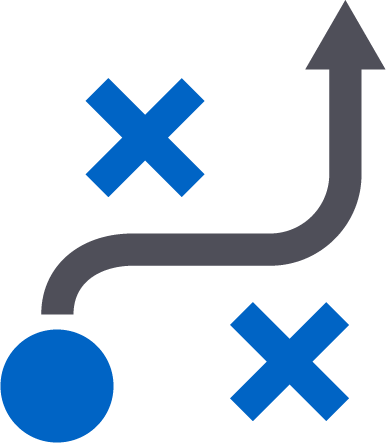As your RIA firm grows, so do the complexities of managing larger portfolios and executing trades efficiently. Scaling your trading operations isn’t just about handling more volume—it’s about optimizing processes to reduce manual effort, streamline operations, and maintain a competitive edge. Below are 10 essential tips to help your firm scale its trading operations seamlessly.
1. Model Creation: The Foundation for Scalable Portfolios
Creating scalable portfolio models is key to managing a growing number of accounts efficiently. By developing flexible models that cater to various client risk profiles, you can automate trade orders and reduce the need for individualized trading. This ensures that your investment philosophy is consistently applied across all accounts while saving time on manual rebalancing.
Pro Tip: Regularly review and adjust your models to ensure they align with market trends and your clients’ evolving needs.
2. Leverage a Communities Investment Portal Integration
Integrating an investment portal tailored to your RIA community allows you to centralize client information, orders, and performance data. This helps eliminate silos between advisors and operations teams while improving the client experience through a unified view of portfolios. With direct integration, you can facilitate faster decision-making and more accurate trade execution.
3. Streamline Order and Trade Execution Management
Scaling requires an efficient order and trade execution management system that can handle increased trade volume without sacrificing speed or accuracy. Look for platforms that offer automated trade generation and execution with built-in checks for market conditions, security limits, and cash requirements to avoid trade errors and delays.
Pro Tip: Utilize FIX protocol integrations to ensure smooth communication between your trading desk and brokers.




























